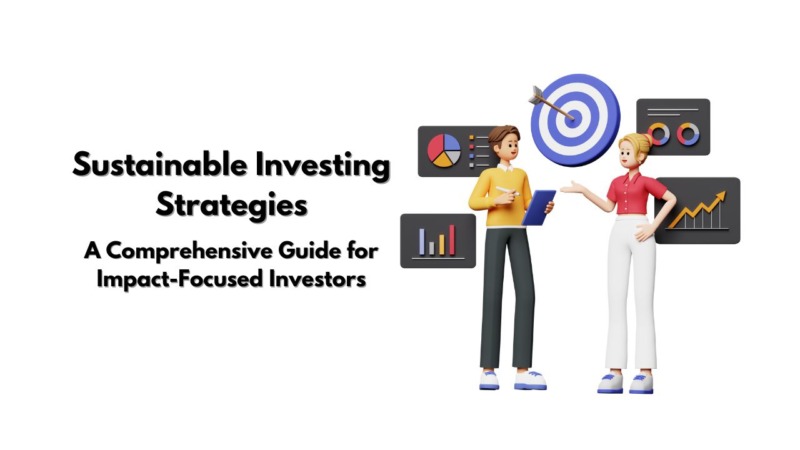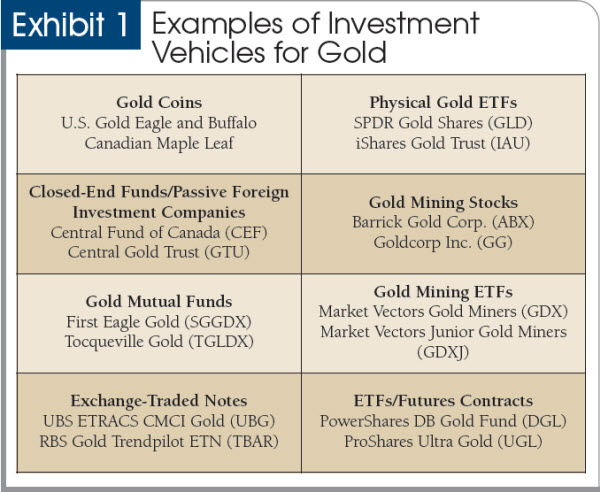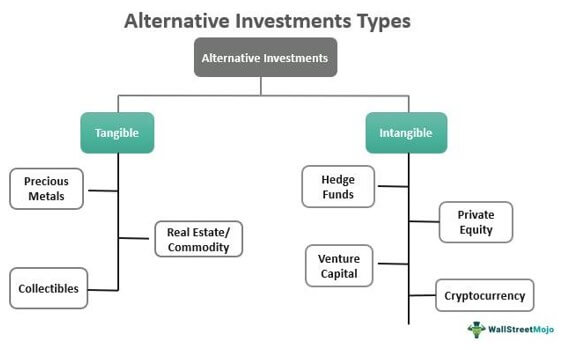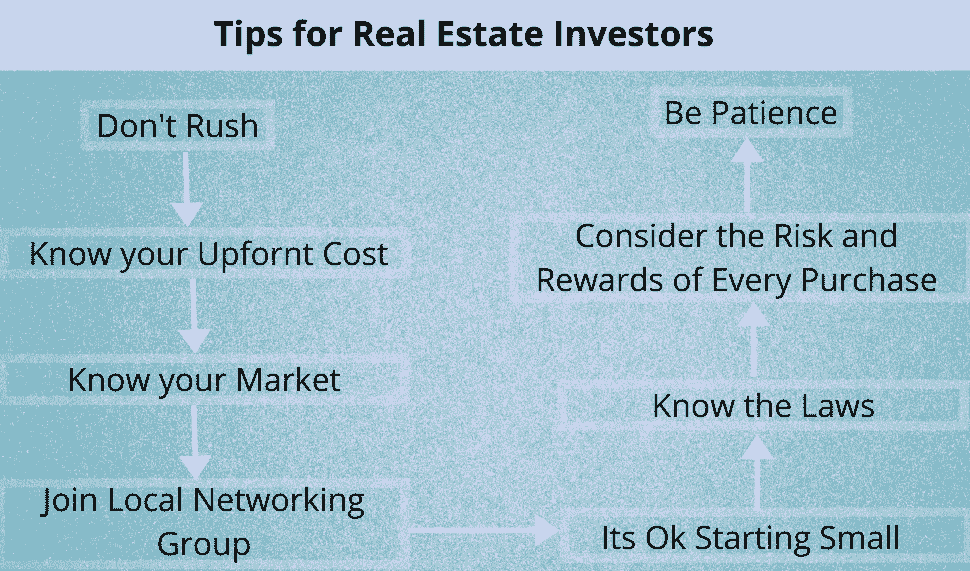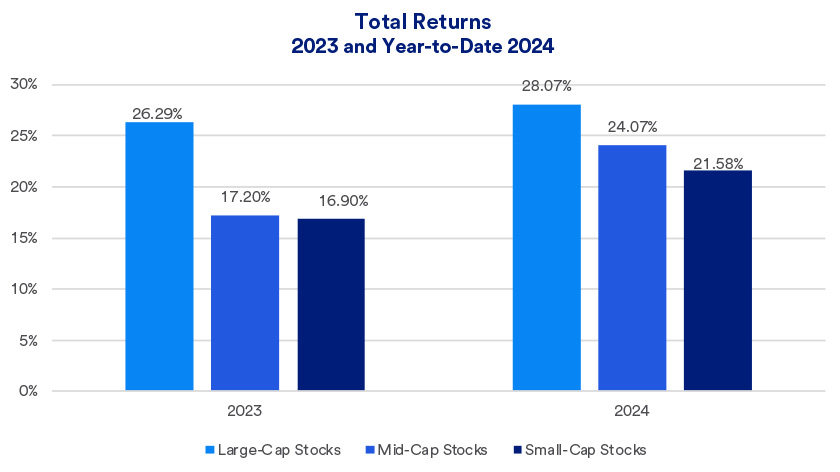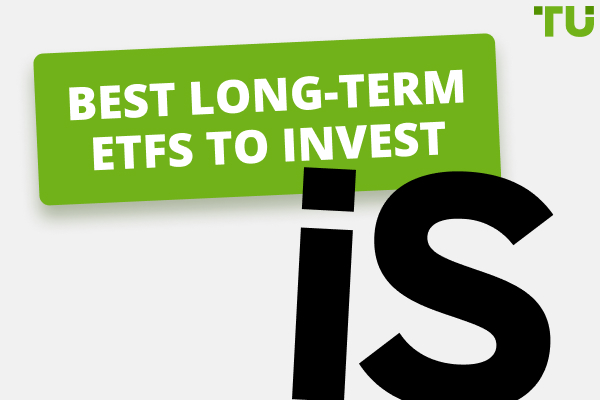ESG Investing Strategies: Guide to Sustainable Investment. In today’s world, environmental, social, and governance (ESG) investing has become a dominant force in the financial markets. More investors are looking for ways to align their portfolios with their values, especially with regard to sustainability, social responsibility, and ethical governance. ESG investing strategies are gaining popularity as investors seek to support companies that prioritize positive environmental impacts, fair labor practices, and ethical management. This article explores the various ESG investing strategies, why they matter, and how they can help build a more sustainable future.
What Is ESG Investing?
ESG investing refers to the process of integrating Environmental, Social, and Governance factors into investment decisions. This goes beyond traditional financial metrics to include criteria that evaluate how companies operate concerning sustainability and ethics.
- Environmental Factors: These involve how companies manage their environmental impact, including energy use, waste management, and carbon emissions.
- Social Factors: These cover the company’s impact on society, such as labor relations, community engagement, and consumer protection.
- Governance Factors: These involve a company’s leadership, executive pay, board diversity, and corporate transparency.
Why ESG Investing Matters
- Sustainability: ESG investing aims to foster companies that contribute to a sustainable future by reducing their environmental footprint.
- Risk Management: By considering ESG factors, investors can better assess risks related to environmental disasters, social conflicts, or governance failures.
- Long-term Returns: Studies have shown that companies with strong ESG practices can outperform their peers in the long run due to their focus on sustainability and ethical practices.
Key ESG Investing Strategies
- Negative Screening (Exclusionary Screening)
This strategy involves excluding companies or industries from a portfolio based on their involvement in certain practices or sectors, such as tobacco, fossil fuels, or weapons manufacturing. Investors who use this strategy choose to invest in companies that align with their personal or institutional values. - Positive Screening (Inclusionary Screening)
In positive screening, investors seek out companies that demonstrate strong ESG performance. This strategy actively identifies businesses with high sustainability standards and ethical practices, investing in those that lead in environmental conservation, social responsibility, and corporate governance. - Thematic Investing
Thematic investing involves selecting investments based on specific ESG-related themes. These could include clean energy, social equity, or sustainable agriculture. This strategy allows investors to focus on specific sectors that align with their values or investment goals. - Impact Investing
Impact investing aims to generate a measurable, positive social or environmental impact alongside financial returns. It focuses on making investments that contribute directly to positive change, such as funding clean energy projects or supporting social enterprises. - ESG Integration
ESG integration involves incorporating ESG factors into the overall investment analysis process. This strategy assesses how environmental, social, and governance factors influence a company’s financial performance, integrating them into traditional investment strategies. - Shareholder Advocacy and Engagement
In this strategy, investors use their position as shareholders to influence corporate behavior. Through shareholder resolutions, votes, or direct engagement with companies, investors can advocate for stronger ESG policies and practices. - Sustainable Thematic ETFs and Mutual Funds
Exchange-traded funds (ETFs) and mutual funds focused on ESG criteria provide a way for investors to diversify their portfolios while supporting companies that meet specific sustainability standards. - Carbon Footprint Reduction
Investors focused on reducing their carbon footprint may use ESG strategies to build a portfolio that prioritizes low-carbon and green investments. This includes divesting from fossil fuels and investing in renewable energy companies. - Community Investing
Community investing focuses on directing capital toward underserved or economically disadvantaged communities, with the goal of promoting social equity and inclusion. - Green Bonds
Green bonds are debt securities issued by organizations to fund projects that have positive environmental impacts. Investors who are interested in supporting environmentally sustainable projects can invest in green bonds as part of an ESG strategy.
Challenges of ESG Investing
While ESG investing offers numerous benefits, it also comes with challenges, including:
- Lack of Standardization: ESG criteria are not universally defined, which can make it difficult to compare companies or assess their ESG performance accurately.
- Greenwashing: Some companies may claim to be ESG-friendly without making substantial changes, a practice known as greenwashing. This can make it challenging for investors to trust ESG claims.
- Limited Data: In many cases, reliable data on ESG performance is not readily available, making it harder for investors to make informed decisions.
How to Build an ESG Investment Portfolio
Building an ESG investment portfolio involves several steps:
- Define Your ESG Priorities: Determine which aspects of ESG are most important to you—environmental sustainability, social justice, or strong corporate governance.
- Research ESG Ratings: Use independent ESG ratings agencies to help identify companies that align with your values.
- Diversify Your Portfolio: Invest in a range of ESG-compliant assets to minimize risk and maximize potential returns.
- Monitor ESG Performance: Regularly review the ESG performance of your investments to ensure they continue to meet your ethical and financial goals.
- Engage with Companies: Consider using shareholder advocacy to encourage companies in your portfolio to improve their ESG practices.
10 Tips for Effective ESG Investing
- Focus on companies with proven ESG track records.
- Use ESG ratings and indices as tools for identifying strong investments.
- Diversify your portfolio to manage risk while supporting different sustainable sectors.
- Invest in impact funds for a measurable social or environmental impact.
- Avoid sectors associated with environmental harm, such as fossil fuels or tobacco.
- Be wary of greenwashing and seek companies with transparent ESG practices.
- Consider community investing for projects that directly benefit underserved regions.
- Monitor the performance of your ESG investments regularly.
- Balance your ESG goals with financial objectives for long-term returns.
- Engage with companies to improve their ESG practices and make a direct impact.
10 Frequently Asked Questions (FAQs)
- What is the difference between ESG and socially responsible investing (SRI)? ESG investing focuses on integrating environmental, social, and governance factors into investment decisions, whereas SRI typically involves excluding companies involved in harmful industries.
- Can ESG investing generate good returns? Yes, many studies show that companies with strong ESG practices tend to perform well in the long term.
- What is greenwashing? Greenwashing is when a company exaggerates or falsely claims to be environmentally friendly to attract ESG-conscious investors.
- How do I know if a company has strong ESG performance? Look for independent ESG ratings from agencies such as MSCI, Sustainalytics, or Morningstar, and review the company’s ESG reports.
- Can I invest in ESG funds? Yes, many ESG-focused mutual funds and ETFs allow investors to support sustainable companies through diversified portfolios.
- Is ESG investing suitable for beginners? Yes, with proper research and guidance, ESG investing can be a great way for beginners to align their financial goals with their values.
- What are green bonds? Green bonds are fixed-income securities issued to finance projects with positive environmental impacts.
- Do all ESG investments perform equally well? No, ESG investments vary in performance. It is important to research each investment carefully.
- Are ESG investments more expensive? ESG investments may have higher fees due to specialized management, but this varies depending on the fund or strategy.
- How can I get started with ESG investing? Start by identifying your ESG priorities, researching ESG funds, and gradually incorporating them into your portfolio.
Conclusion
ESG investing strategies are a powerful tool for those looking to make a positive impact on the world while achieving long-term financial success. By considering environmental sustainability, social responsibility, and governance factors, investors can contribute to building a more ethical, fair, and sustainable future. While there are challenges such as greenwashing and limited data, the benefits of ESG investing outweigh these obstacles. Whether you’re a seasoned investor or just getting started, ESG investing offers a pathway to aligning your financial goals with your values. By integrating ESG strategies into your portfolio, you are not just investing for financial returns, but also for a better world.
By adopting ESG investing strategies, you can contribute to positive environmental and social change while ensuring a sustainable financial future. Start small, research thoroughly, and stay engaged in the companies you invest in. With the right approach, ESG investing can be both a rewarding and impactful journey.

